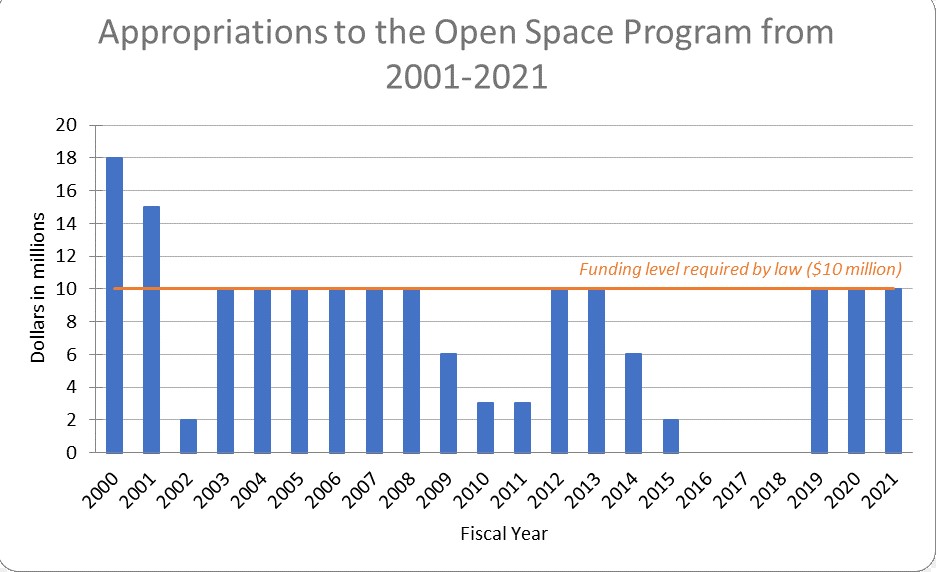Delaware Land Protection Coalition
The Delaware Land Protection Coalition (DLPC) is committed to increasing the amount of natural lands, including cultural, historical, and recreational resources, protected through acquisition or conservation easement by advocating for increased funding for the Open Space Program and by reenvisioning the governing laws of the Open Space (OS) program. We believe that 1) open space provides a suite of important ecological, social, and economic benefits to Delaware’s rapidly growing and aging population who are increasingly in need of and demand these benefits, 2) Delaware’s Open Space program is highly successful but has as been chronically underfunded while costs of land have skyrocketed and purchasing power of appropriations has decreased due to inflation, and 3) the Open Space program should be innovative and offer flexibility so that funding can be spread throughout the state and meet the needs of state, local, and nongovernmental organizations. Funding for the program should recognize how the values of open space have increased and make up for the financial departure of the program from the language of the law that created it as well as recognize the need for open space protection. Finally, the department that oversees the Open Space program should be afforded adequate support to maintain the success and integrity of the program while allowing for growth. Open space protection should be supported and invested in by state and local governments at an amount consistent with the value of open space.

